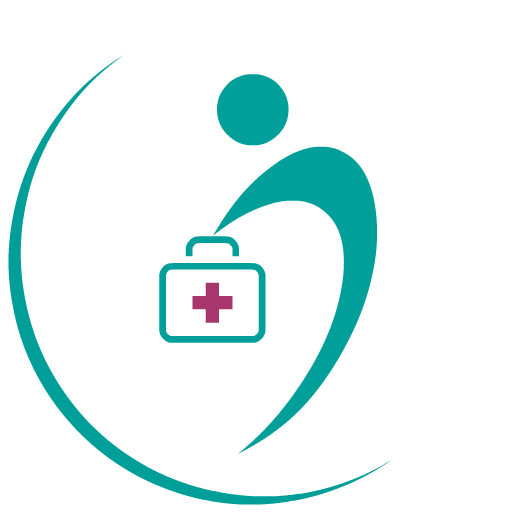The bile ducts are a series of tubes that carry bile from the liver to the small intestine, where it aids in the digestion of fats.
Bile duct diseases can cause a range of symptoms, from mild discomfort to life-threatening complications. In this blog post, we'll explore the types of bile duct diseases, their causes, symptoms, diagnosis, and treatment.
Types of Bile Duct Diseases:
There are several types of bile duct diseases, including:
Gallstones: Gallstones are small, hard deposits that form in the gallbladder or bile ducts. They can block the flow of bile and cause inflammation, infection, or even rupture of the bile ducts.
Bile Duct Cancer: Bile duct cancer, also known as cholangiocarcinoma, is a rare but aggressive type of cancer that affects the bile ducts.
Primary Sclerosing Cholangitis: Primary sclerosing cholangitis is a chronic condition that causes inflammation and scarring of the bile ducts, leading to obstruction of the flow of bile.
Biliary Atresia: Biliary atresia is a rare condition that affects infants and causes blockage of the bile ducts.
Causes of Bile Duct Diseases:
The causes of bile duct diseases can vary depending on the specific condition. Some common causes include:
Infections: Bile duct infections can cause inflammation and damage to the bile ducts.
Inflammation: Chronic inflammation of the bile ducts can lead to scarring and obstruction of the flow of bile.
Gallstones: Gallstones can block the bile ducts and cause inflammation and infection.
Genetic Factors: Some bile duct diseases may have a genetic component.
Symptoms of Bile Duct Diseases:
The symptoms of bile duct diseases can vary depending on the specific condition, but some common signs include:
Jaundice: Jaundice is a yellowing of the skin and eyes that occurs when there is an excess of bilirubin in the bloodstream.
Abdominal Pain: Abdominal pain can occur when the bile ducts become inflamed or blocked.
Nausea and Vomiting: Nausea and vomiting can occur due to the buildup of bile in the digestive system.
Itching: Itching can occur when there is a buildup of bile salts in the bloodstream.
Diagnosis of Bile Duct Diseases:
Diagnosing bile duct diseases can be challenging, as the symptoms can be similar to other conditions. Some common diagnostic tests include:
Blood Tests: Blood tests can check for high levels of bilirubin and liver enzymes, which can indicate a problem with the bile ducts.
Imaging Tests: Imaging tests such as ultrasound, CT scans, and MRI can visualize the bile ducts and detect any abnormalities.
Endoscopic Retrograde Cholangiopancreatography (ERCP): ERCP is a procedure that involves inserting a small camera into the digestive system to visualize the bile ducts and take tissue samples.
Treatment of Bile Duct Diseases:
The treatment of bile duct diseases depends on the specific condition and its severity. Some common treatments include:
Medications: Medications such as antibiotics and ursodeoxycholic acid can help to treat infections and reduce inflammation.
Surgery: Surgery may be necessary to remove gallstones or tumors, or to bypass a blocked bile duct.
Liver Transplant: In severe cases, a liver transplant may be necessary to treat bile duct diseases.
Conclusion:
Bile duct diseases can cause a range of symptoms, from mild discomfort to life-threatening complications. The types of bile duct diseases include gallstones, bile duct cancer, primary sclerosing cholangitis, and biliary atresia. The causes of bile duct diseases can vary, but some common factors include infections, inflammation, gallstones, and genetic factors. The symptoms of bile duct diseases can also vary depending on the specific condition, but some common signs include jaundice, abdominal pain, nausea and vomiting, and itching.
Diagnosing bile duct diseases can be challenging, but some common diagnostic tests include blood tests, imaging tests, and endoscopic retrograde cholangiopancreatography (ERCP). The treatment of bile duct diseases depends on the specific condition and its severity, but some common treatments include medications, surgery, and liver transplant.
If you are experiencing any symptoms of bile duct diseases, it is important to seek medical attention. Your healthcare provider can perform the necessary tests and recommend appropriate treatment options. With early detection and proper treatment, many bile duct diseases can be effectively managed and even cured.
Blogs
Stay connected to health experts and read what they have to say via DocSmart.
Please sign up to create your own blog





